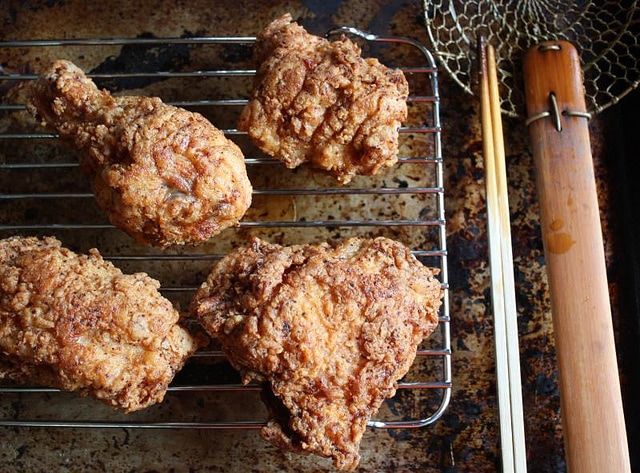5 Candy Brands That Defined a Generation but Have Since Disappeared, Historians Note
The candy aisle once sparkled with brands that shaped childhoods and created memories that lasted lifetimes. Walking through stores today, you might notice something missing – those iconic treats that defined entire generations have quietly vanished from shelves. According to recent industry data, Americans spent a record $12.2 billion on Halloween in 2024, yet many beloved brands from yesteryear are nowhere to be found.
Butterfinger BB’s: The Perfectly Poppable Bite-Sized Revolution
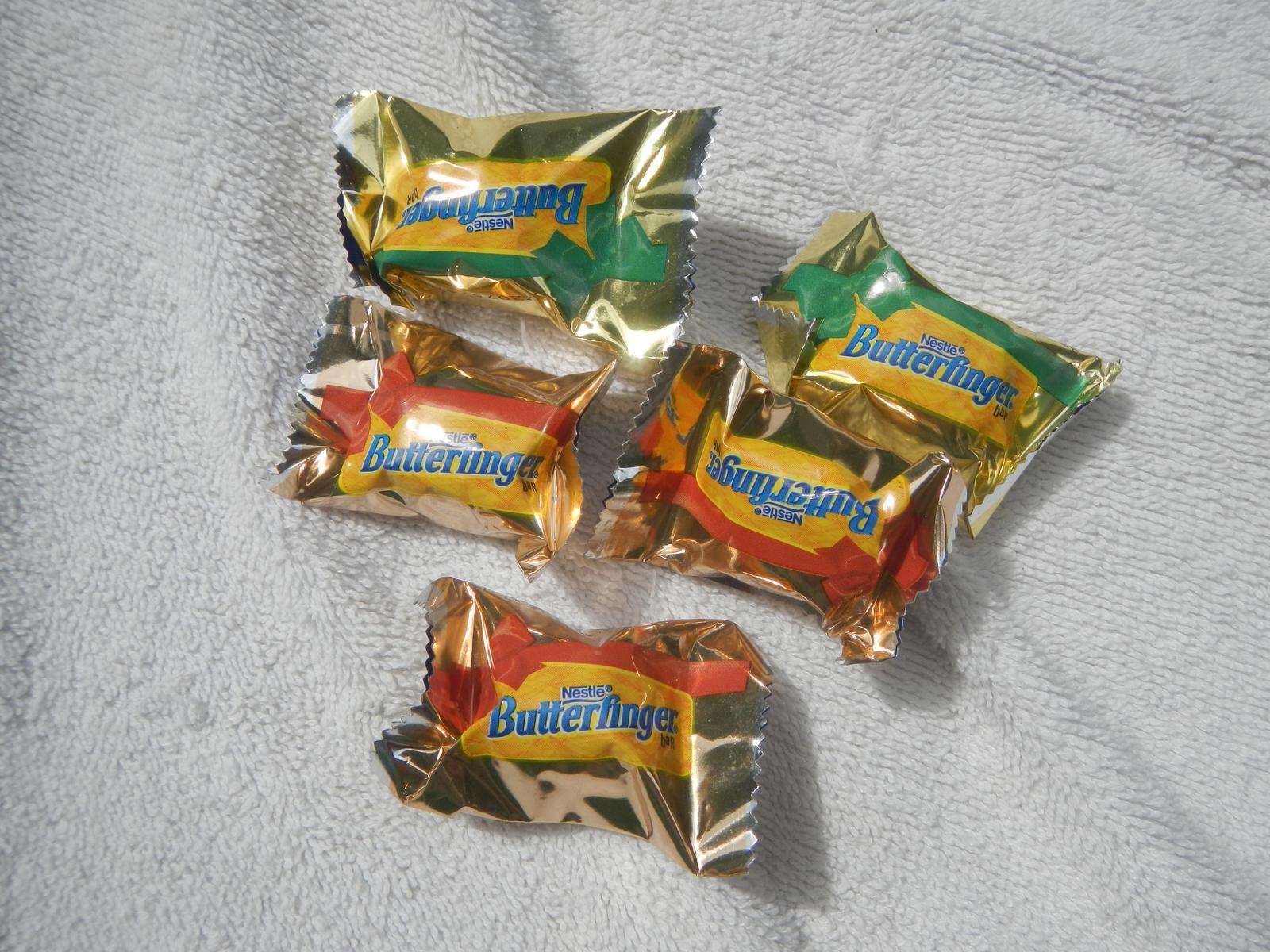
According to Newsweek, Butterfinger BB’s became a household name in 1992, representing the ultimate ’90s candy experience. These chocolate-coated spheres packed the same buttery, crunchy texture of a full-sized Butterfinger into bite-sized perfection. The advertising campaign featuring Bart Simpson from The Simpsons made them an instant cultural icon.
As for when Butterfinger BB’s were officially yanked from store shelves, it seems that they were discontinued by 2006. The reason behind their disappearance remains disputed – while Butterfinger officially stated on social media that “Sadly, Butterfinger BB’s were discontinued due to low sales”, many fans suspect other factors like melting issues or choking hazard concerns contributed to their demise.
What made BB’s special wasn’t just their taste, but their portability and snackable nature. The poppable candy redefined the typical formula of a standard Butterfinger, drawing in customers who weren’t necessarily even fans of the original product and greatly preferred the smaller, more snackable variation. Today, passionate fans still petition online for their return, keeping the memory alive through social media campaigns and nostalgic forums.
Brach’s Maple Nut Goodies: A Sweet Maple Legacy Lost
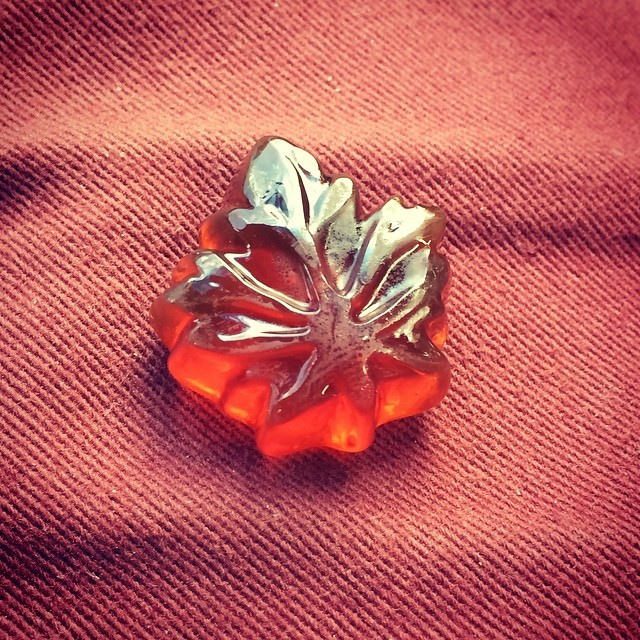
After customers couldn’t find any of this candy on store shelves, Brach’s confirmed on Facebook in February 2024 that the Maple Nut Goodies had been discontinued. This candy represented generations of family traditions, particularly during holiday seasons when the distinctive maple and nut combination brought comfort to countless households.
The discontinuation sparked immediate backlash from loyal consumers who weren’t ready to let go of this treasured treat. Lifelong fans of the candies weren’t ready to let it go, though, and the number of people who’ve signed a Change.org petition urging for the candy’s return seems to have steadily increased. Some dedicated fans managed to secure remaining inventory from scattered retailers while supplies lasted.
But if the candy was part of your treasured memories with loved ones across multiple generations, you may want to do your own search for remaining bags. The loss of Maple Nut Goodies represents more than just a candy disappearing – it symbolizes the end of a multi-generational tradition that many families shared during special occasions and holidays.
Sixlets: The Colorful Candy-Coated Classic
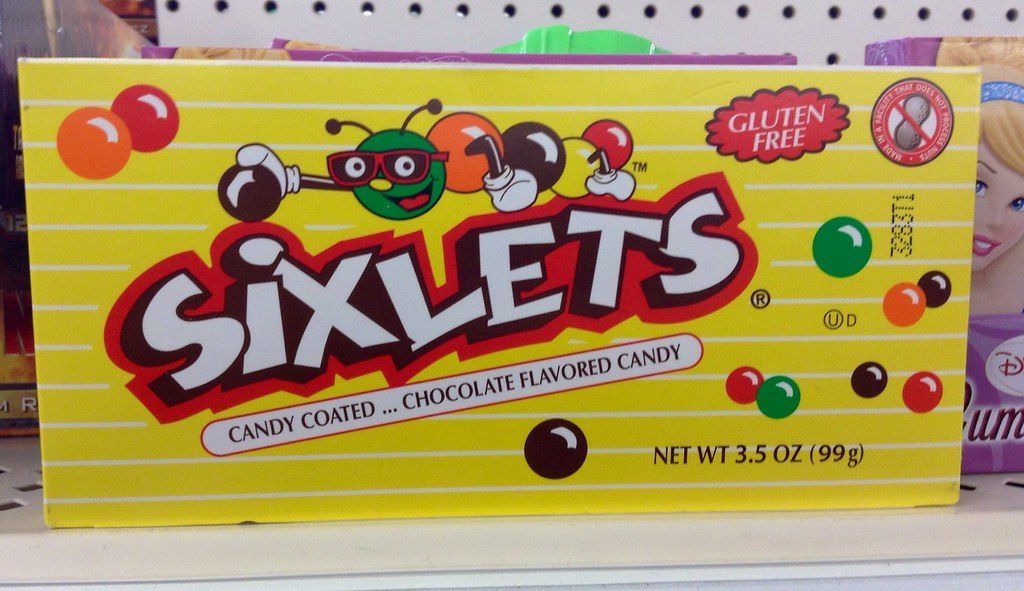
In 1962 Leaf Industries introduced Sixlets Chocolatey Candies. The brand had many owners, including Hershey’s and Sweetworks, and was discontinued in 2023. These rainbow-colored, chocolate-filled spheres were a staple in movie theaters, vending machines, and Halloween bags for over six decades before their sudden disappearance.
There have been reports of potential revival efforts, though availability remains limited, proving that sometimes beloved brands can find new life under different ownership. This resurrection demonstrates the powerful nostalgia market and consumer demand for childhood favorites.
Sixlets represented the perfect movie theater candy – small, colorful, and lasting just long enough to get you through the feature film. Their temporary disappearance highlighted how corporate acquisitions and changing ownership can threaten even the most established candy brands, though their quick return shows that consumer passion can sometimes triumph over corporate decisions.
Creme Savers: The Hard Candy That Melted Hearts
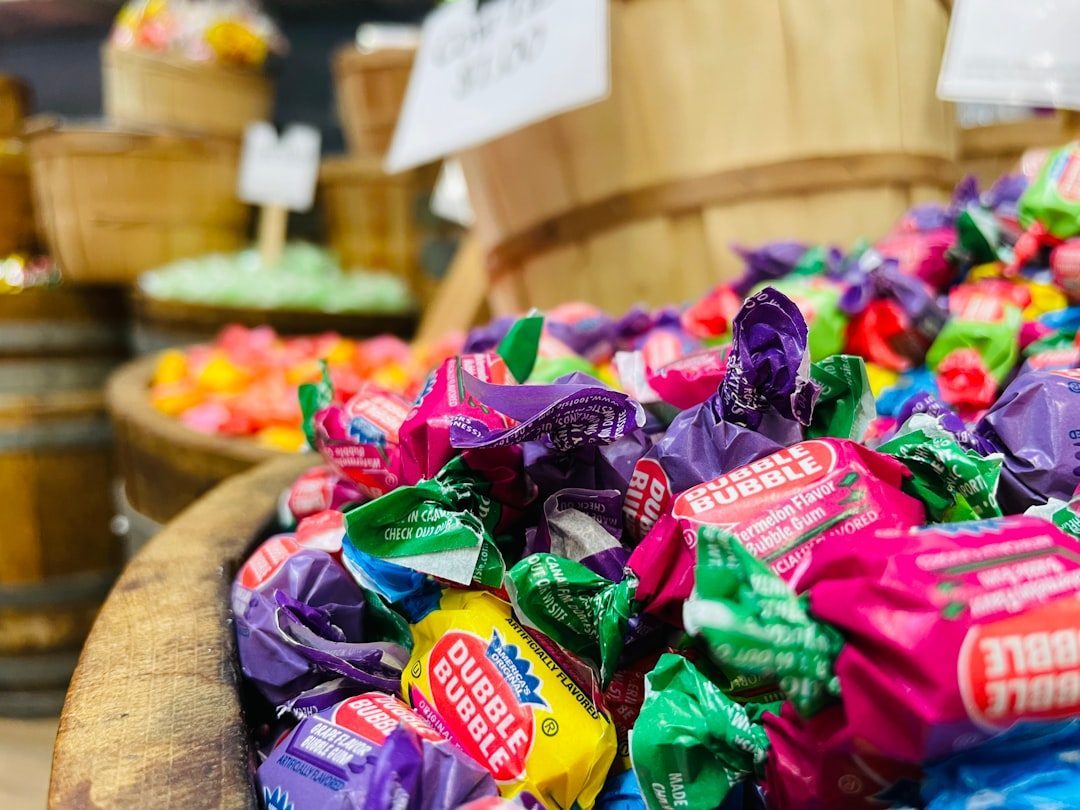
Creme Savers were launched in 1989 by Nabisco (later acquired by Kraft Foods). They quickly gained a cult following due to their unique creamy texture and fruit flavors. These hard candies offered something different from the typical fruity options – a creamy center that made each piece feel more like a mini dessert than ordinary candy.
The candy saw declining sales in the mid-2000s, and were discontinued by the beginning of 2010s. Their disappearance left a notable gap in the hard candy market, as no other brand successfully replicated their distinctive creamy texture and flavor combination.
Hope flickered briefly for devoted fans when They did make a short comeback in 2021 as a limited-time offering as a marketing ploy to nostalgic fans. However, this revival proved temporary, leaving many wondering if they’ll ever see a permanent return of these beloved creamy treats that once dominated checkout counters and office reception desks.
Pixy Stix Original Formula: The Sugar Rush Revolution
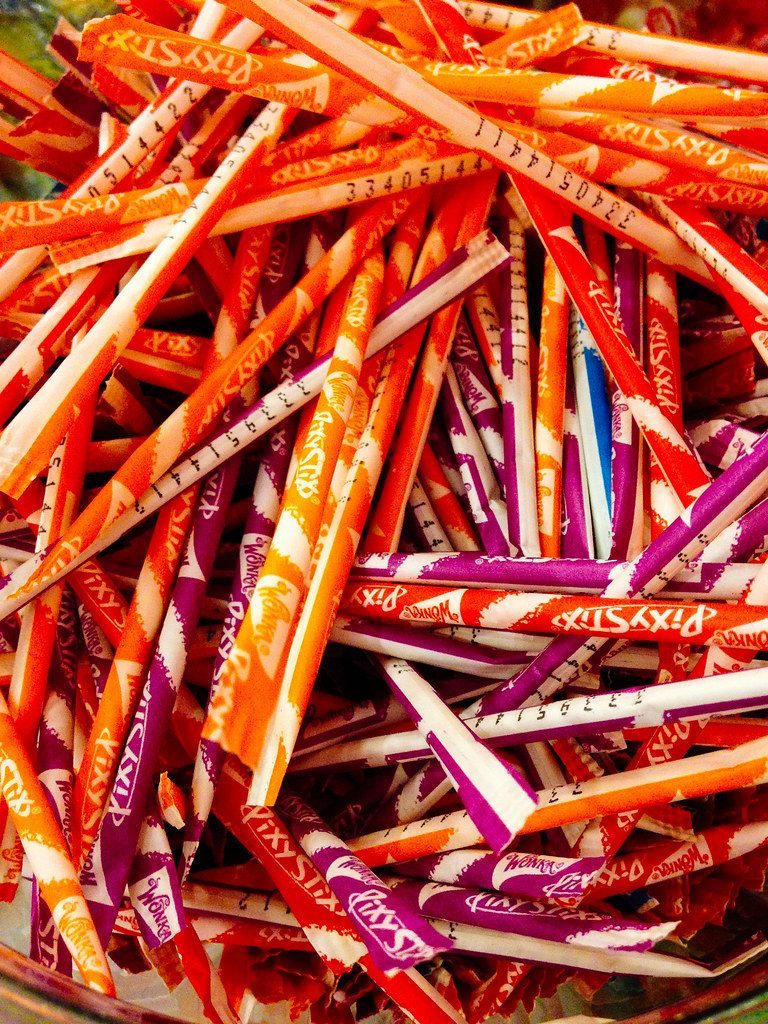
In 1952 Sunline Inc. introduced a powder candy in wax-lined straws called Pixy Stix. While the brand has faced various ownership changes over the decades, reports of recent discontinuation remain unconfirmed. For over seven decades, these paper straws filled with flavored sugar represented pure childhood joy and the ultimate sugar rush experience for generations of kids.
Pixy Stix weren’t just candy – they were an experience that defined playground culture and birthday parties throughout the late 20th and early 21st centuries. Parents may have grimaced at the sugar content, but children absolutely loved the ritual of tearing open the straw and pouring the colorful powder directly into their mouths.
Changes to the brand’s availability may mark the end of an era for one of America’s most iconic novelty candies. The brand helped establish the foundation for interactive candy experiences that would influence everything from Pop Rocks to modern candy innovations, making their disappearance particularly significant for candy historians tracking the evolution of confectionery culture.
The disappearance of these iconic candy brands reflects broader changes in the confectionery industry, from corporate consolidations to shifting consumer preferences and health consciousness. Each represents more than just a sweet treat – they were cultural touchstones that connected generations through shared experiences and memories. While some may return through nostalgia-driven revivals, others have likely taken their final bow, leaving only memories and the occasional vintage wrapper to remind us of sweeter times.

